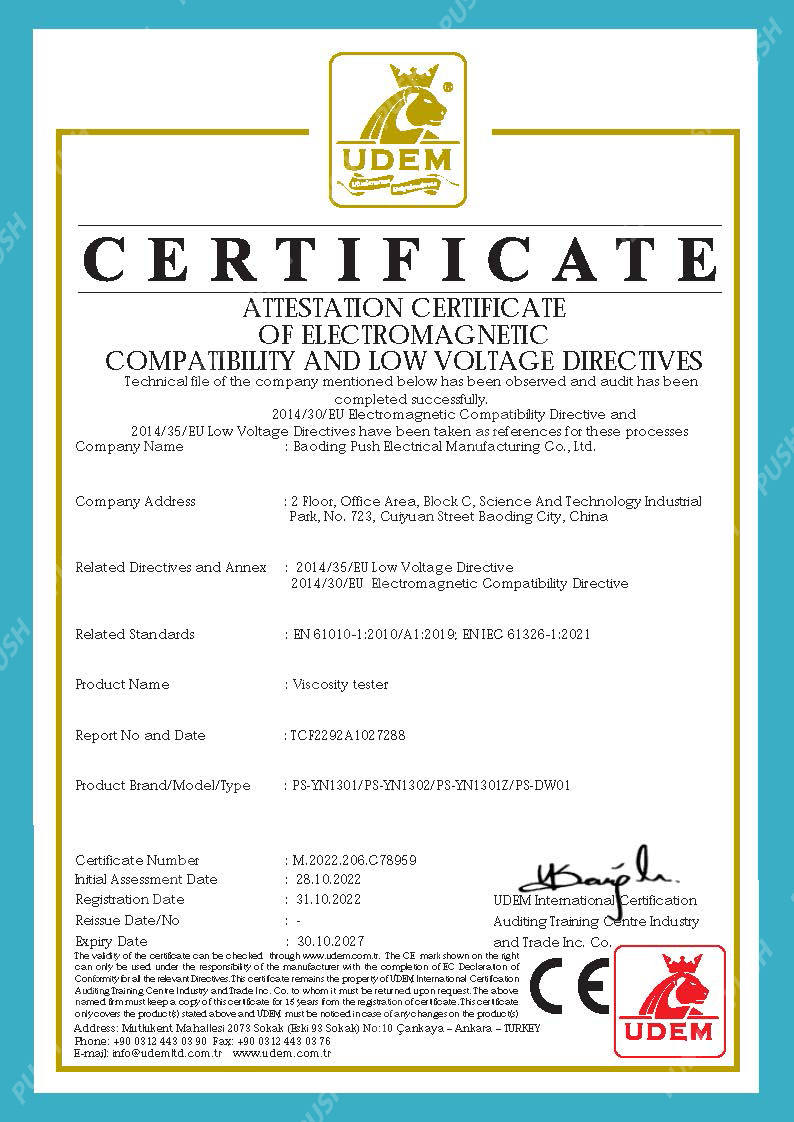 English
English



-
 Afrikaans
Afrikaans -
 Albanian
Albanian -
 Amharic
Amharic -
 Arabic
Arabic -
 Armenian
Armenian -
 Azerbaijani
Azerbaijani -
 Basque
Basque -
 Belarusian
Belarusian -
 Bengali
Bengali -
 Bosnian
Bosnian -
 Bulgarian
Bulgarian -
 Catalan
Catalan -
 Cebuano
Cebuano -
 China
China -
 China (Taiwan)
China (Taiwan) -
 Corsican
Corsican -
 Croatian
Croatian -
 Czech
Czech -
 Danish
Danish -
 Dutch
Dutch -
 English
English -
 Esperanto
Esperanto -
 Estonian
Estonian -
 Finnish
Finnish -
 French
French -
 Frisian
Frisian -
 Galician
Galician -
 Georgian
Georgian -
 German
German -
 Greek
Greek -
 Gujarati
Gujarati -
 Haitian Creole
Haitian Creole -
 hausa
hausa -
 hawaiian
hawaiian -
 Hebrew
Hebrew -
 Hindi
Hindi -
 Miao
Miao -
 Hungarian
Hungarian -
 Icelandic
Icelandic -
 igbo
igbo -
 Indonesian
Indonesian -
 irish
irish -
 Italian
Italian -
 Japanese
Japanese -
 Javanese
Javanese -
 Kannada
Kannada -
 kazakh
kazakh -
 Khmer
Khmer -
 Rwandese
Rwandese -
 Korean
Korean -
 Kurdish
Kurdish -
 Kyrgyz
Kyrgyz -
 Lao
Lao -
 Latin
Latin -
 Latvian
Latvian -
 Lithuanian
Lithuanian -
 Luxembourgish
Luxembourgish -
 Macedonian
Macedonian -
 Malgashi
Malgashi -
 Malay
Malay -
 Malayalam
Malayalam -
 Maltese
Maltese -
 Maori
Maori -
 Marathi
Marathi -
 Mongolian
Mongolian -
 Myanmar
Myanmar -
 Nepali
Nepali -
 Norwegian
Norwegian -
 Norwegian
Norwegian -
 Occitan
Occitan -
 Pashto
Pashto -
 Persian
Persian -
 Polish
Polish -
 Portuguese
Portuguese -
 Punjabi
Punjabi -
 Romanian
Romanian -
 Russian
Russian -
 Samoan
Samoan -
 Scottish Gaelic
Scottish Gaelic -
 Serbian
Serbian -
 Sesotho
Sesotho -
 Shona
Shona -
 Sindhi
Sindhi -
 Sinhala
Sinhala -
 Slovak
Slovak -
 Slovenian
Slovenian -
 Somali
Somali -
 Spanish
Spanish -
 Sundanese
Sundanese -
 Swahili
Swahili -
 Swedish
Swedish -
 Tagalog
Tagalog -
 Tajik
Tajik -
 Tamil
Tamil -
 Tatar
Tatar -
 Telugu
Telugu -
 Thai
Thai -
 Turkish
Turkish -
 Turkmen
Turkmen -
 Ukrainian
Ukrainian -
 Urdu
Urdu -
 Uighur
Uighur -
 Uzbek
Uzbek -
 Vietnamese
Vietnamese -
 Welsh
Welsh -
 Bantu
Bantu -
 Yiddish
Yiddish -
 Yoruba
Yoruba -
 Zulu
Zulu
polarity test of 3 phase transformer
Polarity Test of Three-Phase Transformers
The polarity test is a crucial procedure in the commissioning and maintenance of three-phase transformers. This test helps determine the relative polarities of the transformer windings and ensures that the transformer is correctly connected to avoid potential operational issues. Understanding the significance of the polarity test, how to perform it, and its implications can greatly enhance a technician’s ability to maintain transformer equipment effectively.
Importance of the Polarity Test
Every transformer consists of primary and secondary windings, which can either be connected in a delta (Δ) or wye (Y) configuration. The polarity test is essential because incorrect polarity connections can lead to harmful consequences in multi-transformer systems. For instance, if the transformers are connected with incorrect polarity, it can cause additive voltage in short-circuit conditions, potentially damaging equipment and posing safety risks.
The polarity test ensures that the primary and secondary windings are aligned correctly concerning their magnetic fields. This alignment is paramount for ensuring that voltage transformations occur appropriately without phase shifts that can result in inefficient operation or equipment damage.
Procedure for Conducting the Polarity Test
The polarity test for three-phase transformers generally involves the following steps
1. Preparation - Ensure that the transformer is de-energized and properly grounded. - Connect appropriate measuring devices, such as a voltmeter, to the terminals of the transformer.
2. Identifying the Windings - Clearly mark the high-voltage (HV) and low-voltage (LV) terminals of the transformer. - It's essential to identify the phased connections, particularly if it’s a delta-wye or wye-delta transformer.
polarity test of 3 phase transformer

3. Applying Voltage - Apply a low voltage to the primary winding of the transformer using a transformer or an appropriate AC source. It is advisable to keep the applied voltage low to avoid accidents and damage.
4. Measurements and Observations - Measure the voltage across the secondary winding. The readings obtained will inform the technician about the polarity of the transformer. - The positive and negative connections at the secondary side should correspond to the expected behavior of the windings as per their respective configurations.
5. Analysis of Voltage Readings - Compare the voltage readings obtained. If the readings indicate that the phase angles are as expected, it confirms that the polarities are correctly aligned. - In the case of incorrect readings, it indicates improper connections, and the connections must be re-evaluated.
Implications of the Polarity Test
An accurate polarity test prevents numerous operational issues. If transformers are interconnected incorrectly, it can lead to synchronization problems. When transformers are paralleled, they must have the same phase sequence and polarity; otherwise, it could result in circulating currents that generate excessive heat and damage the transformers.
Moreover, understanding the transformer’s polarity helps during fault analysis. When maintenance is required because of a fault, a clear understanding of polarity aids in a more effective and efficient troubleshooting process.
Conclusion
The polarity test of three-phase transformers should not be overlooked during installation and maintenance. It is a relatively straightforward procedure that holds immense importance. By ensuring the integrity of the transformer connections, technicians can avert potential damage, enhance equipment longevity, and promote operational efficiency. Thus, it is imperative for electrical engineers and technicians to be well-versed in conducting polarity tests effectively, ingraining this practice into their routine maintenance protocols to foster a safe and reliable electrical power system.
-
Using Distillation Range Testers in the Food and Beverage IndustryNewsApr.16,2025
-
The Impact of IoT on Distillation Range Tester PerformanceNewsApr.16,2025
-
The Best Distillation Range Testers for Extreme ConditionsNewsApr.16,2025
-
How Distillation Range Testers Save Time and MoneyNewsApr.16,2025
-
Distillation Devices for Advanced Separation TechniquesNewsApr.16,2025
-
Common Mistakes to Avoid When Using a Distillation Range TesterNewsApr.16,2025



